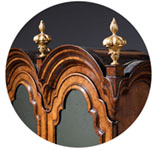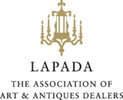A fine and extremely rare 17th century William and Mary baroque olive oyster chest on stand or ‘table box’, circa 1675-1690.
£12,600
Request Information
Follow Us
A fine and extremely rare 17th century William and Mary baroque olive oyster chest on stand or ‘table box’, circa 1675-1690.
A fine and extremely rare 17th century William and Mary baroque olive oyster chest on stand or ‘table box’, circa 1675-1690.
The exquisitely designed top, cross-grain moulded and holly banded, is decorated in many symmetrical line strung patterns in a geometric fashion, each incorporating hand-cut oyster of olive and opening to reveal a baize lined interior.
Similarly, the holly banded frieze and oak-lined base drawer are each decorated in book-matched oysters of olive, inside opposing break arches of box, each book-matched and placed with precision.
Olive oysters are placed in roundels to the crossbanded sides and a gilt brass carrying handles are fixed to each centre. Raised on a later wavy stretcher, barley twist legs and bun feet.
This piece would make a fantastic silver chest.
Condition
Good. Wear consistent with age and use. Raised on a later wavy stretcher, barley twist legs and bun feet.
Dimensions
Height: 34.06 in. (86.5 cm)
Width: 38.98 in. (99 cm)
Depth: 26.38 in. (67 cm)
PREVIOUSLY SOLD
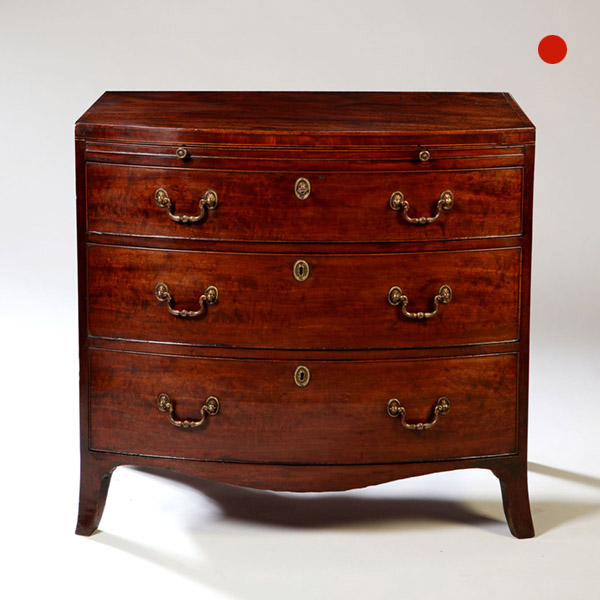
George III Sheraton period bow-fronted caddy topped mahogany chest of drawers
A fine George III Sheraton period bow-fronted mahogany chest of drawers with brushing slide. The chest has the perfect time aged colour to its original wax finished surface and has truly commendable proportions. I love everything about this outstanding and original piece.

George III Sheraton period bow-fronted caddy topped mahogany chest of drawers
A fine George III Sheraton period bow-fronted mahogany chest of drawers with brushing slide. The chest has the perfect time aged colour to its original wax finished surface and has truly commendable proportions. I love everything about this outstanding and original piece.
YOU MAY ALSO LIKE
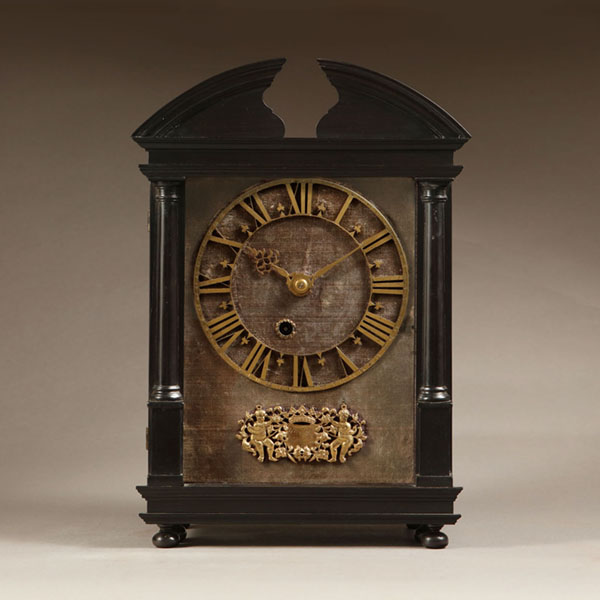
17th-Century Hague Clock Signed by Pieter Visbagh, circa 1675
Small 17th Century Hague clock made c. 1675 by Pieter Visbagh, who was apprenticed by Salomon Coster. The latter made the first pendulum clock according to the instructions of Christiaan Huygens, the internationally renowned scientist who developed the idea of applying a pendulum to a clock movement.
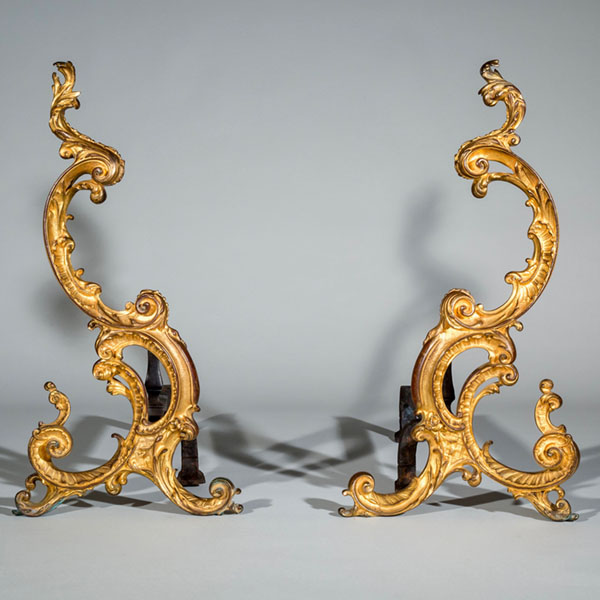
Pair of 18th-Century English Rococo Gilt Bronze Andirons or Firedogs
An exceptional pair of 18th century English Rococo gilt bronze andirons or fire dogs.
The bold shape of these andirons relate to designs of Thomas Johnson (1714–1778), one of London’s pioneers of the ‘Modern’ or French style, later known as Rococo.
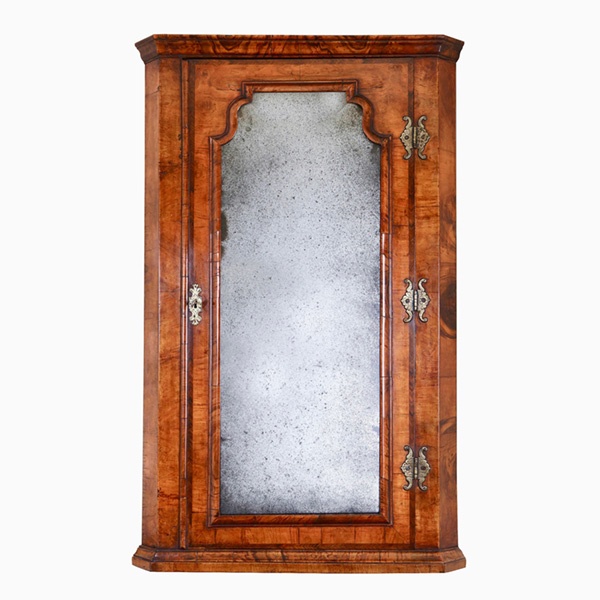
Queen Anne Walnut Corner Cupboard with Bevelled Mirror Plate
A truly remarkable find in original condition. To the door a shaped soft bevelled mirror plate is framed by a cross-grain molding of typical queen Anne design which is further cross-banded, feather-banded and edged to the opening with a single de-molding.

17th-Century Hague Clock Signed by Pieter Visbagh, circa 1675
Small 17th Century Hague clock made c. 1675 by Pieter Visbagh, who was apprenticed by Salomon Coster. The latter made the first pendulum clock according to the instructions of Christiaan Huygens, the internationally renowned scientist who developed the idea of applying a pendulum to a clock movement.

Pair of 18th-Century English Rococo Gilt Bronze Andirons or Firedogs
An exceptional pair of 18th century English Rococo gilt bronze andirons or fire dogs.
The bold shape of these andirons relate to designs of Thomas Johnson (1714–1778), one of London’s pioneers of the ‘Modern’ or French style, later known as Rococo.

Queen Anne Walnut Corner Cupboard with Bevelled Mirror Plate
A truly remarkable find in original condition. To the door a shaped soft bevelled mirror plate is framed by a cross-grain molding of typical queen Anne design which is further cross-banded, feather-banded and edged to the opening with a single de-molding.
